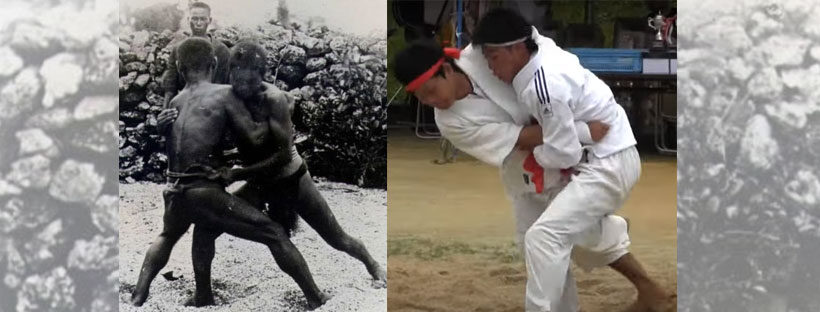Below, I recommend three texts by renowned Karate researcher Andreas Quast on Okinawan sumō and the term “tegumi”. Andreas touches on sensitive but very important points about the modern use of the term “tegumi” and whether there is a modern foundation for the popular interpretation. From what he indicates, there is evidence that a modern interpretation of the term “tegumi” has been wrongly taken as something historical, which is very important to clarify.
Sometimes tegumi is used to justify certain things in Karate which, if correct, do not need this justification, as there is already a considerable amount of solid historical evidence about what is done in Karate. If it justifies things that are not correct, then it is nothing more than a modern fabrication or interpretation and should be treated as such.
I have long noticed that, although Karate and Okinawan sumo are traditional practices in that region, both have very different purposes and a direct connection between them can only be speculated. Therefore, some care is needed when using the term “tegumi”, and certainly statements such as “this movement of kata comes from tegumi” do not resist any search for concrete evidence and most likely come from people who do it in a sometimes frivolous way. Grappling in Karate is not tegumi. Grappling in Karate is Karate, it is done within the context and purposes of Karate, and that alone is enough.
Finally, I thank my friend Andreas Quast for his excellent and tireless work.
Okinawan Sumo (Shima) – Posted on March 5, 2022
Funakoshi Gichin on Tegumi (1956) – Posted on March 5, 2022
“Tegumi” in the English translation of Nagamine Shōshin’s second book – Posted on March 13, 2022
With permission from Andreas, I translated the texts into Portuguese and Spanish, making the information accessible to more people. Thanks to Andreas Quast for his excellent and tireless work.
